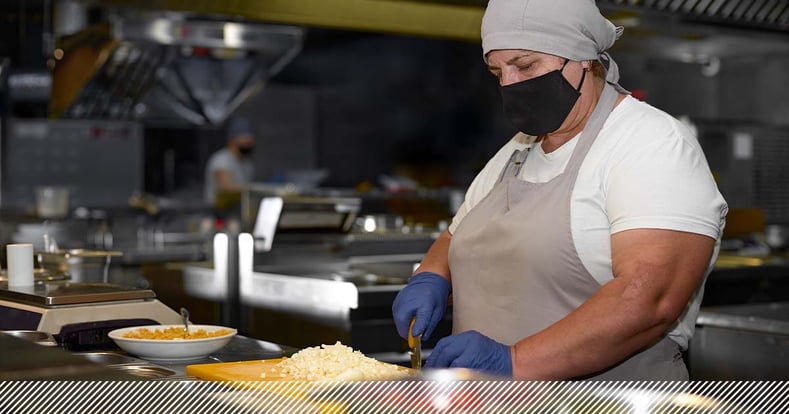E-book: 5 tips to avoid food waste when labor is tight

The world is experiencing a massive labor shortage, the impact of which is falling particularly hard on foodservice. Chefs and managers are being forced to introduce new processes and procedures that allow the day-to-day functions of the kitchen to continue, but with much less labor than they had before. When chefs and managers choose a labor-saving tactic to fix one aspect of the operation, there may be pitfalls or unintended consequences, like an increase in food waste.
We recently wrote about the connection between wasted food and wasted labor. The key takeaway was that when food is wasted all the embedded labor is wasted too. Think about the time spent receiving, inventorying, prepping, cooking, serving and ultimately discarding that food. It's a lot of wasted labor.
In this e-book, I take a different approach to the food waste/wasted labor equation: I’m going to review the most common low-labor solutions, the food waste that might inadvertently crop up as a result of implementing them, and how to avoid that waste by doing some simple planning.
While the labor issue is particularly acute now, the industry is always wrestling with staying fully staffed. The lessons from this guide are useful even after we emerge from our current dilemma.
Download the eBook >>